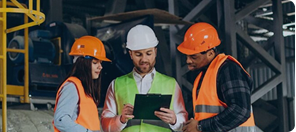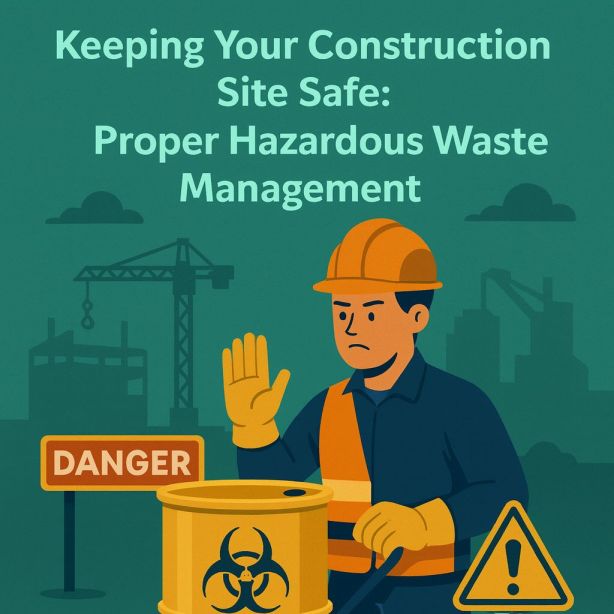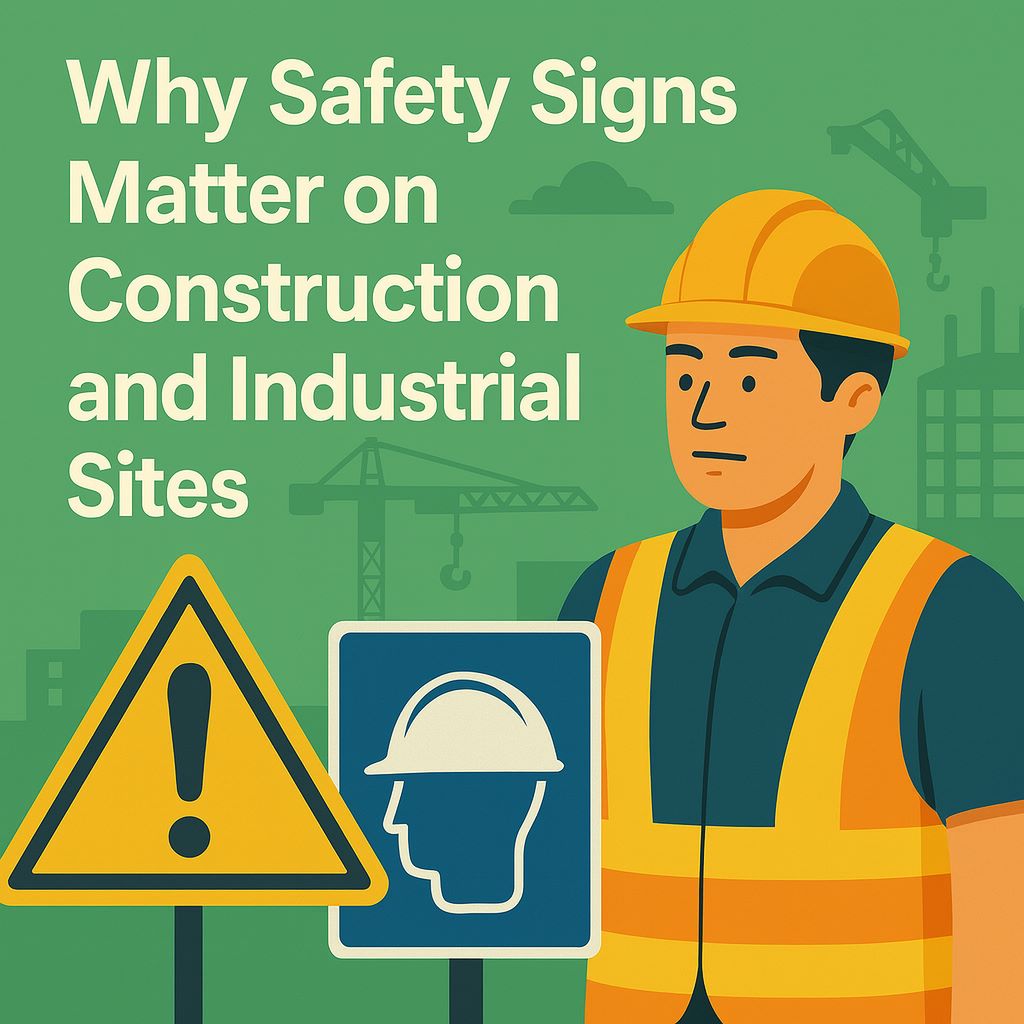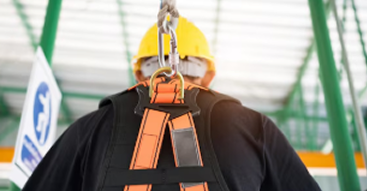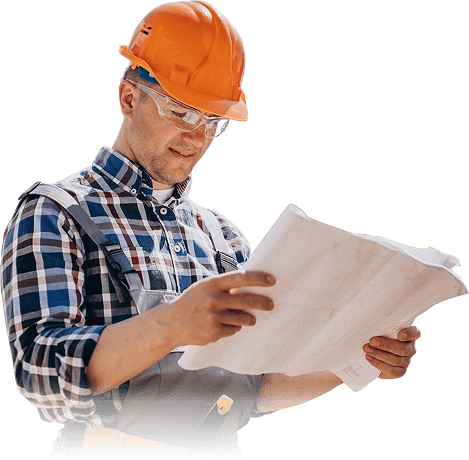Working at heights is part of the job in construction, but it also comes with serious risks. Falls are one of the leading causes of death and injury on job sites, making fall protection a must—not just for compliance, but for keeping everyone safe.
What is a Fall Protection System?
A fall protection system is a combination of equipment and strategies designed to prevent falls or stop a worker from hitting the ground if a fall occurs.
The main types include:
- Guardrails – Sturdy barriers that prevent workers from getting too close to the edge.
- Safety Nets – Placed below work areas to catch a worker or falling debris.
- Personal Fall Arrest Systems (PFAS) – A full-body harness attached to an anchor point that stops a fall before impact.
Using these together provides the best protection on site.

these key safety strategies:
- Train Workers Properly – Everyone working at heights needs to understand fall hazards and how to use protective gear correctly. Regular safety training keeps best practices fresh in workers’ minds.
- Inspect Equipment Regularly – Before starting work, check all safety gear for damage. Worn-out harnesses, frayed lanyards, or weak anchor points should be replaced immediately.
- Follow Safe Work Practices – Keeping work areas clean, using ladders correctly, and ensuring proper scaffolding setup can prevent dangerous situations before they happen.
- Have an Emergency Plan – If a fall happens, workers need to know what to do. A solid rescue plan, along with first-aid training, can make all the difference in an emergency.
The Role of a Competent Person
OSHA requires a “competent person” on job sites where fall hazards exist. This is someone with the knowledge and authority to:
- Spot fall hazards before they become a problem.
- Take corrective action immediately.
- Stop work if safety is compromised.
Having a trained competent person on-site ensures safety measures are followed and enforced.
Want to Learn More?
A great way to improve safety knowledge and stay OSHA-compliant is by taking our Fall Protection Competent Person Course. This course covers everything from recognizing fall hazards to using equipment properly and developing a strong fall protection plan.
Why Take the Course?
- In-Depth Training – Learn how to select and use the right fall protection gear.
- OSHA Compliance – Ensure your job site meets safety regulations.
- Flexible Learning – Study at your own pace and apply what you learn right away.
Common Questions About Fall Protection
Q: What’s the best fall protection system?
It depends on the job. Guardrails work well for general prevention, while personal fall arrest systems are essential when working at extreme heights without physical barriers. A combination of methods offers the best protection.
Q: How often should fall protection gear be inspected?
Inspect all equipment before every use and perform more detailed checks regularly, as recommended by manufacturers and OSHA guidelines. Any signs of wear or damage mean it’s time to replace it.
Q: Who qualifies as a “competent person”?
A competent person is someone with the experience and training to identify fall hazards, correct them, and enforce safety rules. This role usually requires specialized training to meet OSHA standards.


